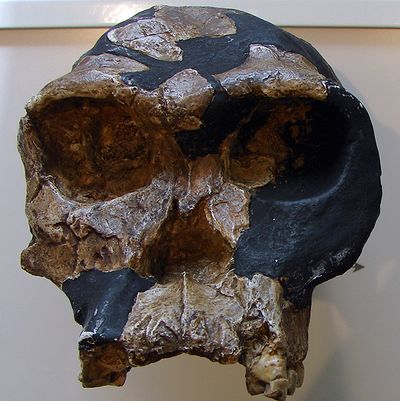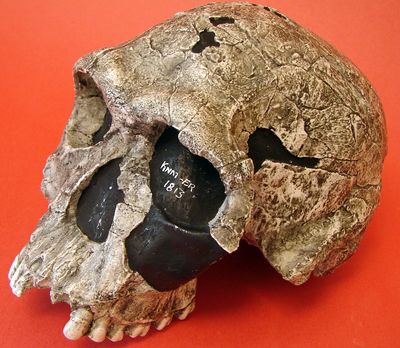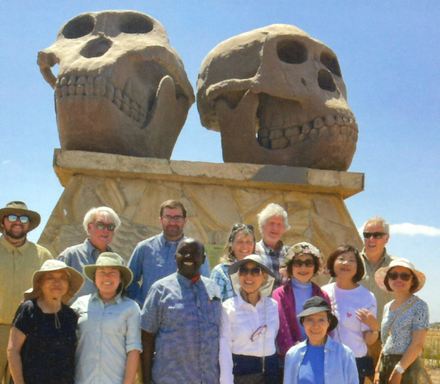
Cast of Homo habilis
(KNM-0H 24)
(Los Angeles Museum
of Natural History)
|
Go to Essential Fossils index. Go to site main page. Open Fossils Glossary, Charts. |
Content created 2010-10-05 File last modified: Go back to H. naledi. Go ahead to H. ergaster. |



